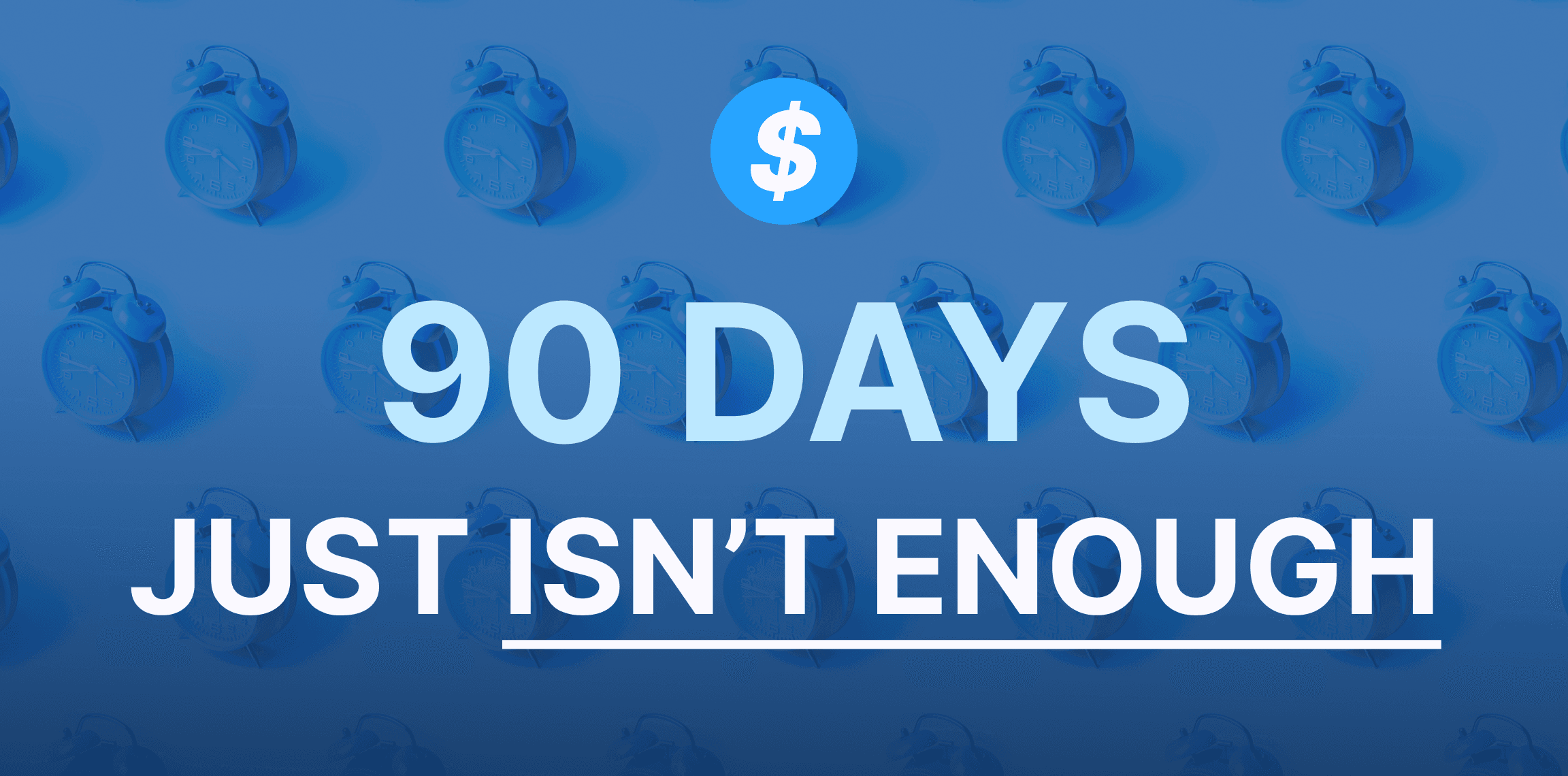Think you can complete your BEAD application in 90 days? Think again.
January 18, 2024
If you're waiting for your state's application, you'll be too late.

Starting November 1, broadband industry leaders, especially providers, are breathing a collective sigh of relief as NTIA officials have provided a programmatic waiver providing states and territories with more options to ensure the financial reliability of BEAD grants.
BEAD grant recipients, under previous rules, were required to produce a Letter of Credit for a 25% of the total award amount from an FDIC-insured bank with a Weiss rating of B- or better, unless specified by BEAD rules. This required putting substantial sums of cash as collateral which often prevented smaller and minority-owned providers from participating.
NTIA’s waiver provides numerous changes to the Letter of Credit requirements that aim to enhance access to funding, including allowing states to utilize a performance bond for the full award amount.
Performance bonds are a new chapter for the broadband sector with their full adoption pending the results of a national working group led by the National Association of Surety Bond Producers, or NASPB, and Surety and Fidelity Association of America, or SFAA.
The working group is expected to release its results in either the first or second quarter of 2024.
Performance bonds are surety bonds issued by an insurance company or bank that guarantees successful completion of a project. Performance bonds are most commonly used in the construction industry, legal sectors in the form of appeal bonds and some licensed occupations.
Performance bonds allow the principal, such as an internet service provider, to be protected for the full cost of the project by the surety, or financial institution, that is providing the performance bond. The obligee, or entity requesting the work such as a municipality or state broadband office, in return, can file a claim against the bond to recover losses from uncompleted work.
Providers should first be sure to build relationships with surety providers prior to the application period. Read: This is not the time to procrastinate.
Your first step should be to ask your company’s insurance provider to connect you with a surety agent that is familiar with the broadband sector. Having an agent with sector knowledge allows for productive conversations, accurate assessment of the application and its risks and, ultimately, the most beneficial terms for everyone involved.
Be sure to take advantage of online resources such as Broadband.money and BEADbonding.com which contain valuable resources on establishing BEAD-compliant contracts and performance bonds.
Applicants will be expected during the submission process to provide business credit information and financial documents for an understanding of the applicant’s financial position. Sureties will also want information about the applicant’s progress on related projects, project schedule and work capacity.
Some sureties might expect a pledge of collateral or cash funds depending on the size of the bond and the company’s track record with past projects.
Surety agents will guide applicants through the entire underwriting process with bond costs ranging from 2%-6% of the total project cost or, in the case of BEAD, award amount.
Approval timelines vary on a case-by-case basis. Smaller bonds, usually under $1 million, can be approved in a matter of hours, especially if the applicant has strong credit and is in a strong financial position. Larger bonds of up to $10 million can take up to two weeks.
The national working group led by the NASPB and SFAA are working with the NTIA, states, ISPs, and other government entities to tailor guidelines for how performance bonds can be utilized with the BEAD program.
Among the biggest challenges are reaching a middle ground between what language is acceptable to the NTIA for bonding purposes but also ensuring that bonds are able to still provide value to both applicants and grantors.
Grantors must become aware of their responsibilities surrounding performance bonds, such as awareness of project progress and ensuring that projects are completed in a timely manner. Failure to fill these responsibilities could potentially result in a bond being unable to be called upon.
Applicants must become familiar with performance bonds and take preliminary steps to take advantage of them as soon as they are available. This includes being aware of their benefits, such as greater access to capital and diversity among applicants, and also a stronger assurance that the work will be done.
Applicants should be sure to tap into numerous resources available from the broadband community, such as Broadband.money and Broadband.io.

January 18, 2024
If you're waiting for your state's application, you'll be too late.

January 09, 2024
The big sky state joins a small list of eligible entities that have kicked off their broadband challenge process.